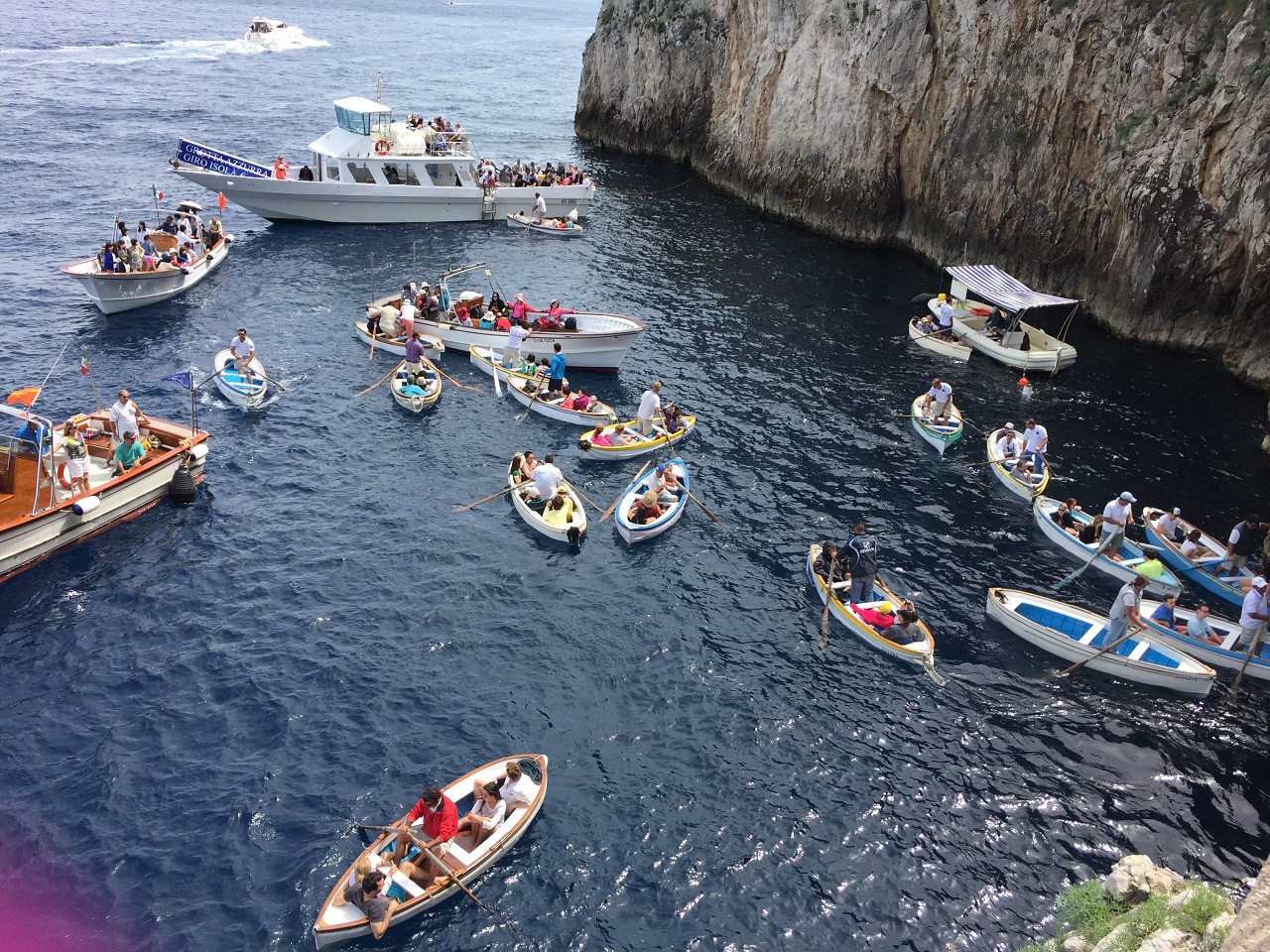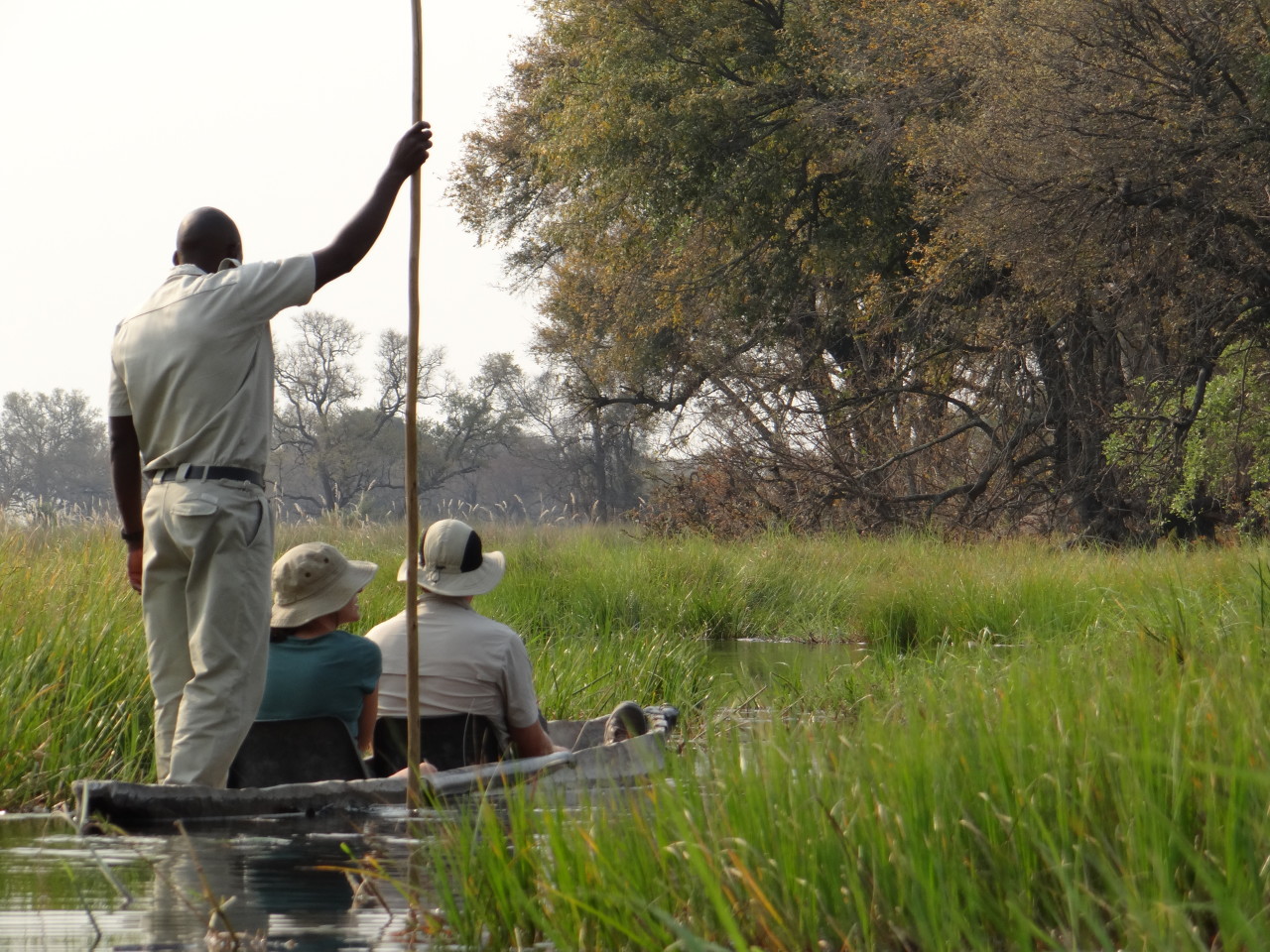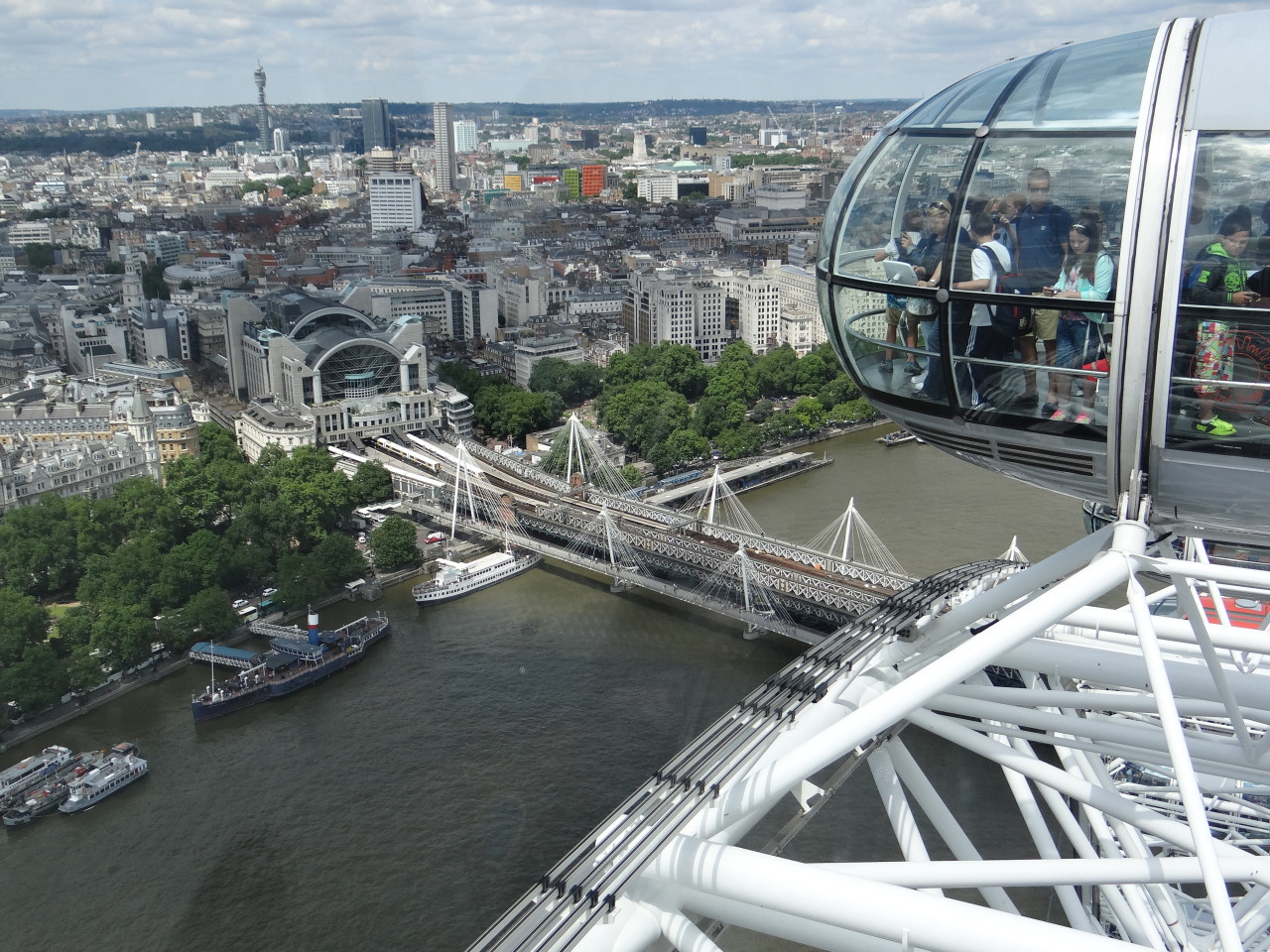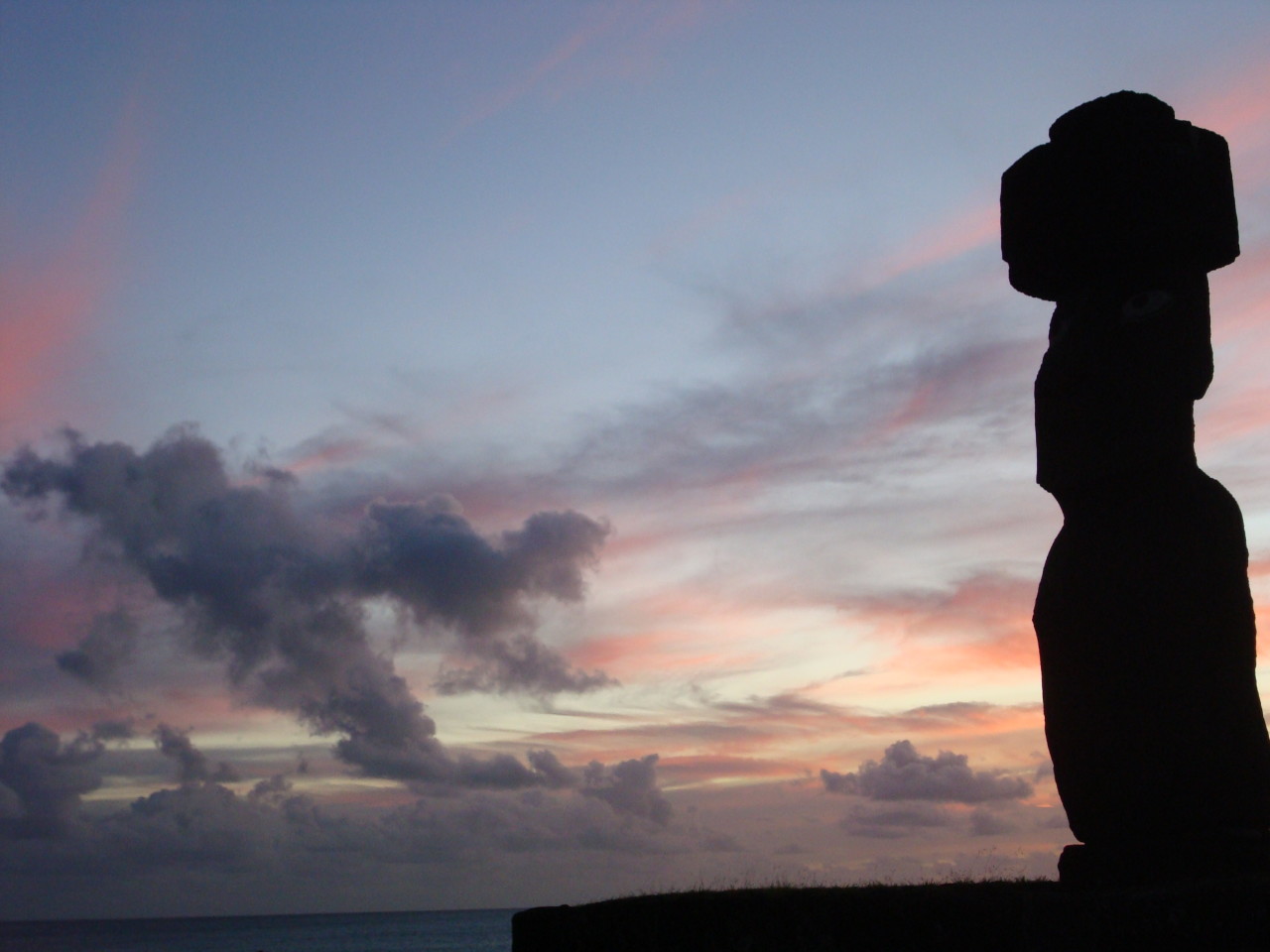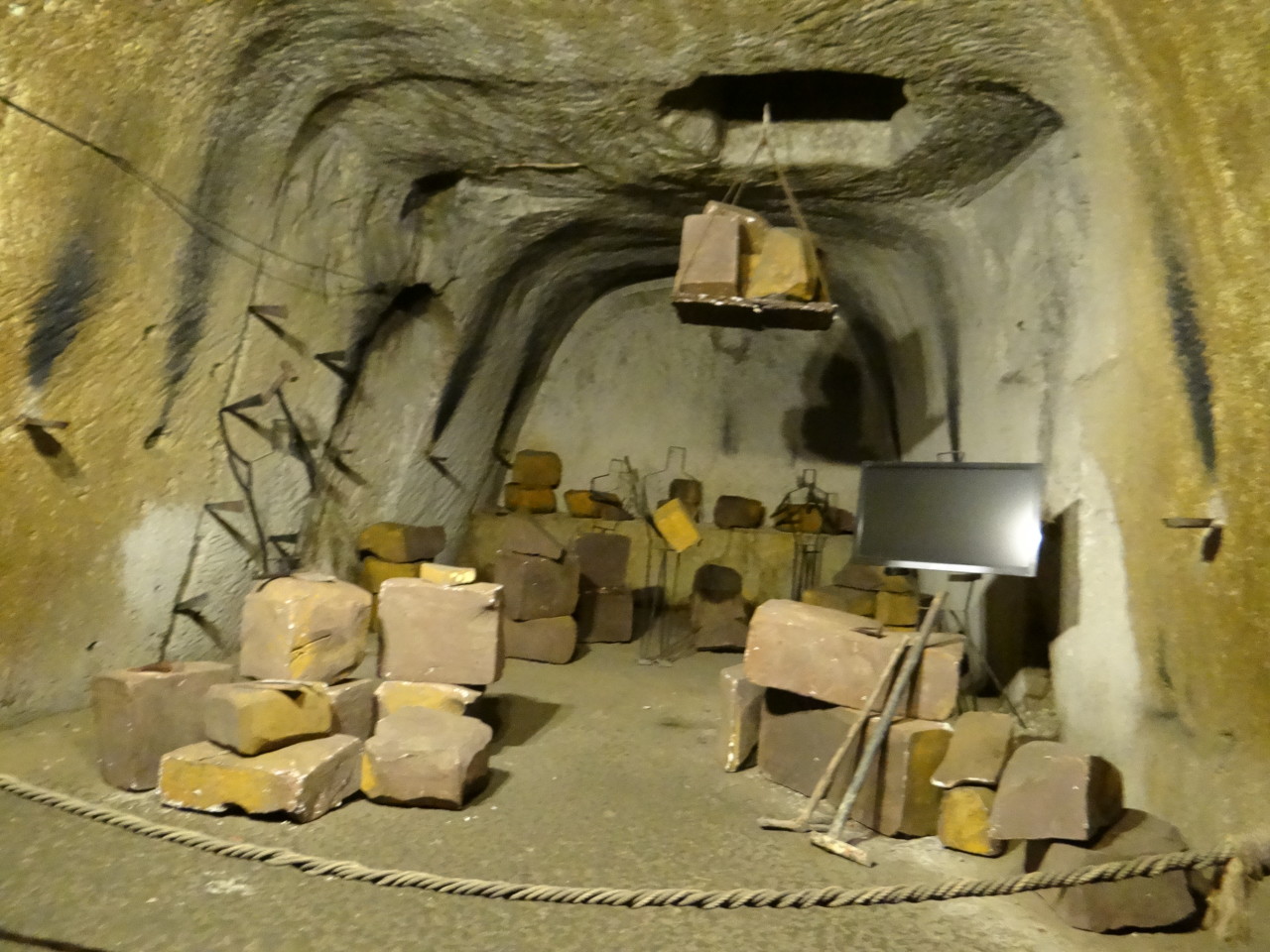Hidden within the lanes of the Old Town is the Underground Naples Tour. As you descend the stairs to another world entirely, you quickly forget the chaos of the city above, the heat of the day and are taken back in time.

I had no clue about this tour. I made an offhanded comment at an Italian restaurant in Barcelona that “I was preparing my stomach for Naples” and the waiter said “the owner is from Naples”. The owner greeted me and took me behind the bar to show me on the computer where to go, what to eat and what to do for my visit (he also offered me a shot of Limoncello). On his computer after the L’Antica Pizzeria Da Michele recommendation and the Herculaneum site at Ercolano he pointed to the Underground Naples tour of the city so I thanked him and added it to my list.
So as I was becoming more familiar with the twists and turns of the Old Town (I walked past this place twice the prior day -I know that only from the dessert cart that was calling my name each time). Next to the church under construction and down the street from another popular pizza shop Sorbillo’s, I found the entrance down the small alley at Piazza San Gaetano 68.

As I approached, a tour guide told me the English tour would go at 4 p.m. (they are offered every two hours from 10 a.m. to 6 p.m.). I used the (free) toilet before the tour but note no toilet paper. At 4 p.m., the Italian tour started followed by the English tour. You pay in cash (9 Euro) at the steps. There were about fifteen people for our tour – a good size to hear the guide.
Walking down the hundred or so steps (you could feel the welcoming chill with each step) as the excavations are forty meters below, we arrived at a general room for an orientation of the two hour tour. This allows time between the groups as well. Learning that the original tunnels had been aqueducts then used during the World War and finally a trash dump was fascinating. We were walking on Naples history both in the building sense and in the everyday sense of trash (a common theme for Naples is the gritty aspect).

As you walk along, you are then introduced to a science experiment to see if food or plants can grow underground without the sun (they get moisture from the cold inside). Right now, the experiment hasn’t succeeded (with Expo15 in Milan, many have focused on the food/plants of the future) and I had to smile that they had the plants hooked up to lights and computers. That a lot of technology for a failed experiment.

There were a few low ceilings and many tight spaces – if you are claustrophobic this isn’t the tour for you. I had to turn sideways during one walk and use the candle to see (I also had a flashlight that I carry with me) as we were between two structures as we walked to the water to see the remainders of aqueducts. I kept thinking if my bra size or butt were slightly bigger (or if I ate one more pizza), I’d be stuck in the walls. The website doesn’t mention the small spaces so be aware.
We saw a bomb that was dropped and there are now items curated to assist in the telling of the story of its use during the war.


A few people chose not to do the second tight space and wait for our return. We were each given a candle to carry as the space is in the dark and we had to whisper down the line about a turn, a step or a note. After all of this we were rewarded with the water views.

Once back to the starting point with our candles now extinguished we returned above ground (remember the coolness that welcomed you as you walked down the stairs? Well going back up those stairs into the heat will exhaust you).

The tour continues around the corner as your guide takes you to a small home (this one is of particular note as it wasn’t quite what it seemed). As you wander in, you take note that this one room flat is a bit bigger than normal and it is actually two properties and then the bed is moved and you see the stairs going underground. The woman who lived here had an interesting (illegal) side business in the basement, little did she know what was actually underground was a theatre!

The Theatre
Walking the steps into the basement, you see the various layers of rock and bricks from the different centuries/styles of build. Following the circle you are told that this was the back of a theatre, probably the green room area where performers got ready. As you walk, you see that the excavation has a low ceiling, that’s because it’s someone’s house above! They cleared around the house and when you leave the underground via the stairs you are in the alley of residential buildings surrounded by drying clothes and a shrine on the street. Just surreal.

Last Stop
The final stop of the tour is an air conditioned (yeah) room of artifacts and other pieces relevant to the tour. This was a pretty interesting slice of Naples and surprising too. As I stated before about the grittiness of the city, the layers of life underground go right to the fact that there is much still to unearth in Naples. While much can be seen at the archeological museum, for me, going underground was a more tangible way to connect to the history of Naples. As we left the underground, we were quickly transported back to the present day as evidenced by the clothes hanging to dry in the apartments built on top of history.

